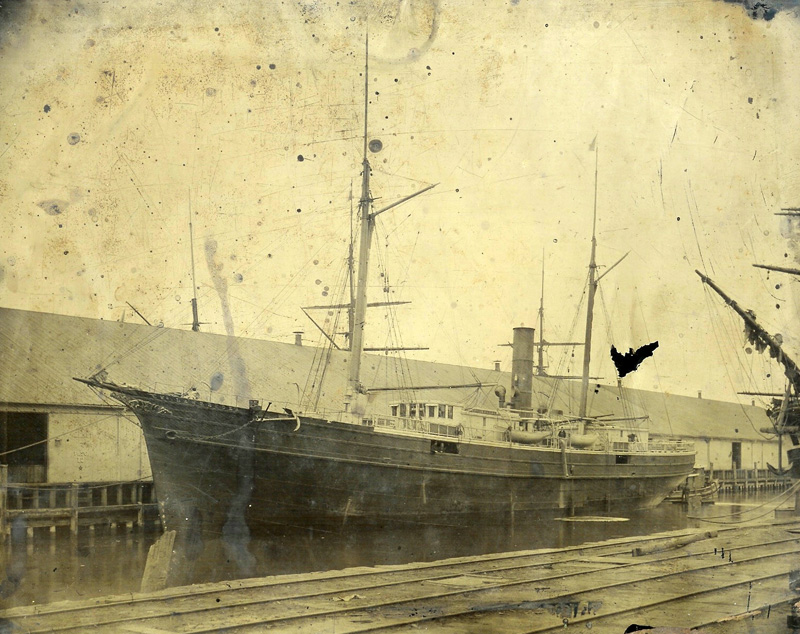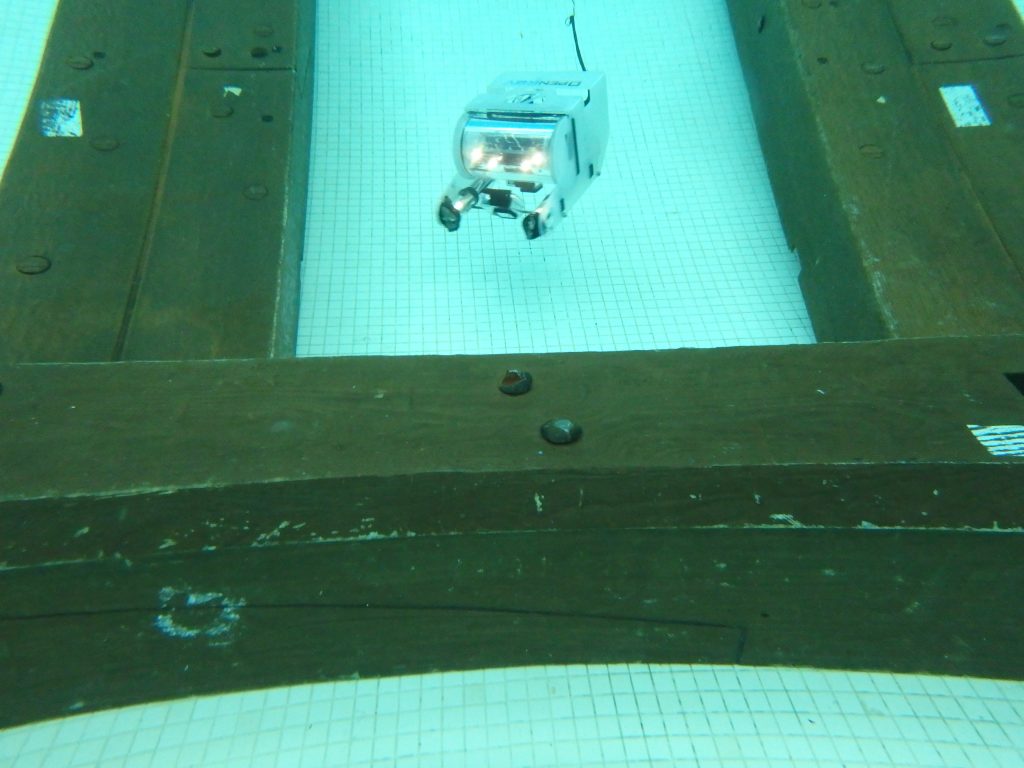
The SS William Lawrence wrecked off the coast of Hilton Head Island, South Carolina, during an ice storm in February of 1899. Survivors of the wreck spent several hours battling icy winds as they attempted to make their way to Port Royal in a small lifeboat. Many were badly frostbitten by the time they were rescued.
The SS William Lawrence was carrying a cargo of luxury, non-essential items at the time of its wrecking. These goods included pickles and preserves, glassware, medicines, children’s toys, and comic books.
Built in 1869 in Boston by Atlantic Ironworks, the SS William Lawrence was commissioned by the Transportation Company, and was the first equipped with a surface condenser. Additionally, it was the Transportation Company’s first iron screw propeller steamer. The shape of its hull is commonly referred to as a chicken-beak bow design. This iron steamship still retained a small rig for sailing for use as a secondary means of propulsion. 207.8 feet in length with a 25.1 foot beam, the SS William Lawrence had a gross tonnage of 1,049 and a net register of 576 tons. Additionally, it has a single expansion steam engine. The top speed of the vessel was 12 knots.
As the SS William Lawrence was one of the first iron screw propeller steamers, the mechanical issues that it experienced prior to its wrecking were likely due to the early design disadvantages, made worse by poor weather conditions.
The archaeology of the SS William Lawrence is important due to the large gap in the archaeological record relating to ocean-going technologies of this time. The design of the vessel incorporates all the landmark features of early iron shipbuilding, making it a prominent example of this time period.

Practicing with the ROV in the ECU pool before taking it on sight to William Lawrence.
